Introduction
Drawing water that looks real is a fascinating yet challenging aspect of artistic creation. The allure lies in capturing the essence of something so fluid and dynamic, which is a testament to an artist’s skill and perception. The dynamic nature of water, with its ever-changing form and reflections, poses a unique challenge for artists. It’s not just about replicating a visual; it’s about conveying the feel and movement of water on a static canvas.
To make water look real in a drawing, the key lies in understanding and replicating the nuances of water’s behavior. This includes its movement, the way it reflects and refracts light, and its transparency or opacity depending on the context. Mastery in depicting water realistically involves a blend of observation, understanding of physical properties, and skillful manipulation of the chosen medium.
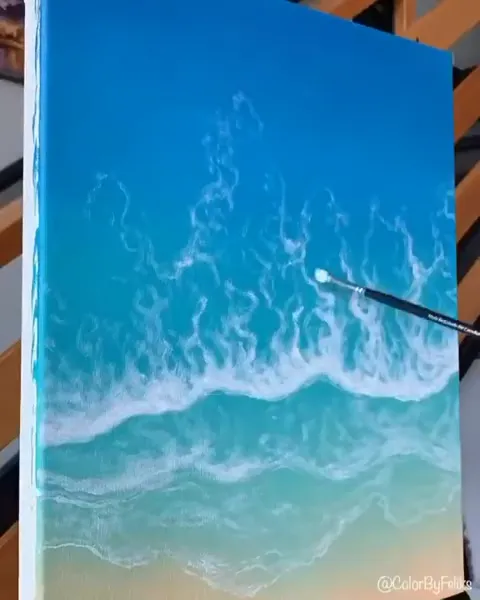
The endeavor to draw water realistically requires more than just technical skill; it necessitates a deep observation of how water interacts with its surroundings. This includes noting the variations in water’s appearance under different lighting conditions, its interaction with other objects, and its behavior in various natural settings like still ponds, rushing rivers, or the vast ocean. Each scenario demands a unique approach and technique to capture the essence of water convincingly.
Drawing realistic water is a nuanced and intricate art form, offering both challenges and rewards to artists. The process demands a deep understanding of water’s physical properties, a keen eye for observation, and proficiency in using various artistic tools and techniques.
Overview of the Challenge in Depicting Realistic Water
https://youtube.com/shorts/6S5aLV1u24I?si=TmwqhaVmPveGcPnZ
The primary challenge in drawing water lies in its dynamic nature. Water is constantly moving, changing form, and interacting with light, making it difficult to capture on paper. Artists must pay attention to how water reflects and refracts light, its transparency or opacity, and its movement and flow. Achieving realism in water drawings requires understanding these elements and skillfully replicating them using the chosen medium.
Importance of Observing Real Water
Observation is key to mastering the art of drawing water. By studying water in different environments – from still ponds to flowing rivers and ocean waves – artists can grasp how light interacts with water, how it moves, and how it appears under different conditions. This understanding is crucial in creating drawings that accurately represent water’s unique characteristics.
Essential Tools and Materials
Choosing the Right Medium
Each artistic medium brings its own strengths to the depiction of water:
– **Pencils and Graphite**: Ideal for detailed, monochromatic depictions, pencils and graphite allow for fine control in shading and texturing, essential for creating the illusion of water.
– **Watercolors**: With their inherent translucency and ability to blend seamlessly, watercolors are perfect for capturing the fluidity and transparency of water.
– **Acrylics and Oils**: These mediums offer vibrant color and the ability to build texture, making them suitable for dynamic and expressive water scenes.
Essential Tools for Drawing Water
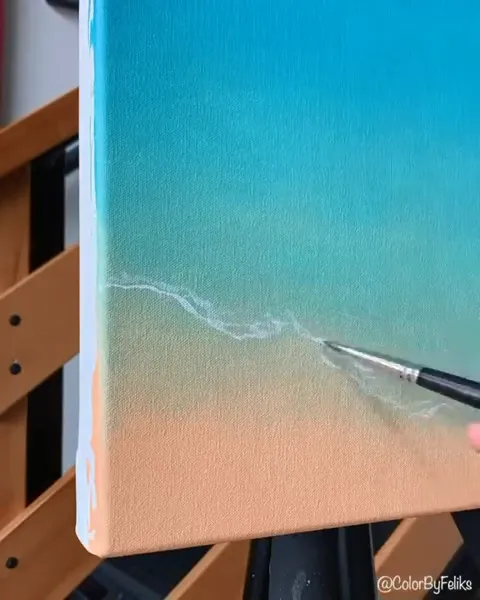
– **Brushes**: Different sizes and types of brushes are needed for various water textures, from fine details to broad washes.
– **Blending Tools**: Tools like blending stumps or even fingers can be used to smooth out graphite or charcoal, aiding in creating gradients and soft textures in water.
– **Paper Types**: The choice of paper can significantly affect the outcome, with different weights and textures offering varying effects for water drawings.
Understanding Water’s Nature
Observing Water in Different Settings
Observation of water in settings like still water, flowing rivers and streams, and ocean waves provides insights into its varying characteristics. Each setting presents unique challenges – the stillness of a pond, the gentle flow of a river, or the tumultuous movement of ocean waves, all require different approaches in their depiction.
The Physics of Water
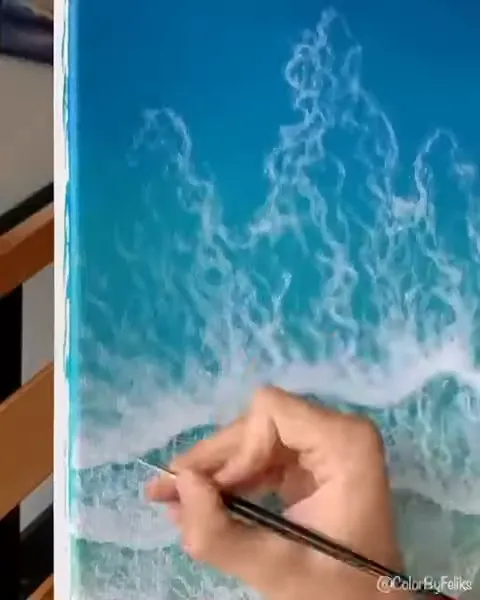
– **Light and Reflection**: Light plays a crucial role in how we perceive water. The way water reflects its surroundings, including light sources, needs to be carefully replicated in drawings for realism.
– **Transparency and Opacity**: Water’s appearance can vary from being crystal clear to murky, depending on factors like depth and purity. Capturing this range is essential for realistic water drawings.
– **Movement and Flow**: The motion of water, whether it’s the gentle ripple of a lake or the powerful surge of a wave, needs to be captured dynamically in drawings.
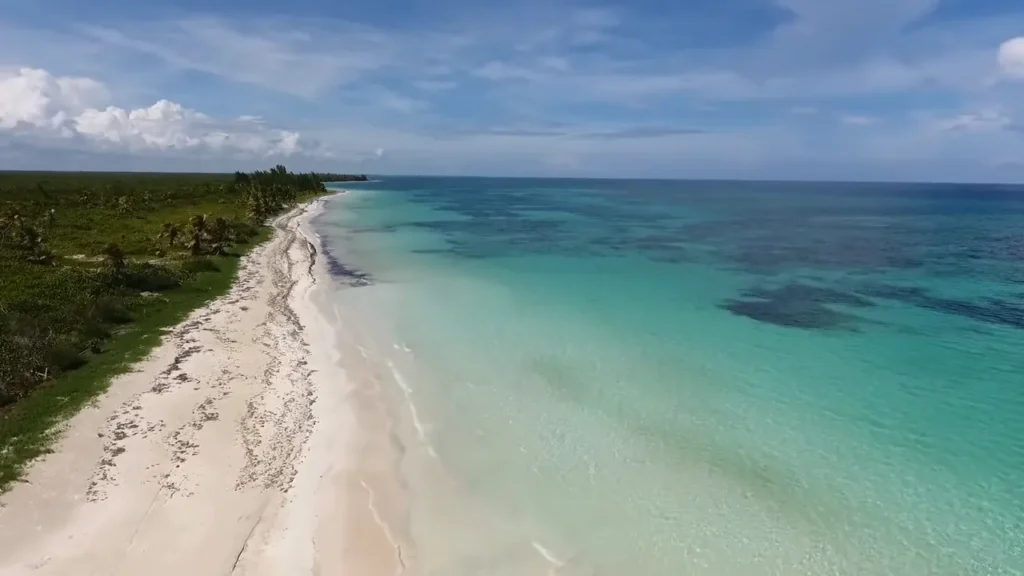
The journey of drawing water realistically is as much about scientific understanding as it is about artistic skill. By combining careful observation with the right techniques and tools, artists can create compelling and lifelike representations of this ever-changing element.
Drawing water in art is a complex task, blending technical skill with creative expression.

Basic Techniques for Drawing Water
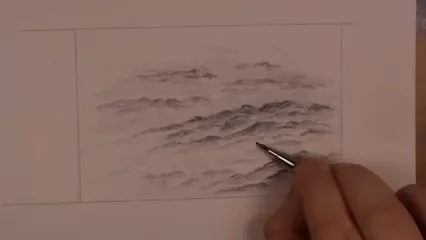
Pencil and Graphite Techniques
1. **Sketching the Basic Shape**: Begin by outlining the water’s shape, keeping your lines light and fluid to mimic water’s natural form.
2. **Shading for Depth and Movement**: Add dimension to your drawing by shading. Determine the light source and use lighter shading for highlights and darker for shadows. This contrast creates a sense of depth and movement in your drawing.
Watercolor Techniques
1. **Layering and Blending**: Start with lighter washes and gradually add layers. This technique creates a sense of depth and translucency, essential for realistic water.
2. **Creating Transparency**: Transparency is key in watercolor. Achieve this by controlling the amount of water and pigment on your brush, allowing the white of the paper to show through for a transparent effect.
Acrylic and Oil Techniques
1. **Texturing for Realism**: Use different brushes and strokes to create textures that mimic water’s surface. Techniques like dry brushing can add a realistic texture to water surfaces.
2. **Mixing Colors for Water**: Water isn’t just blue; its colors change based on the surroundings. Use a mix of blues, greens, and whites, and consider the environment’s colors reflecting in the water.
Advanced Techniques and Tips
Capturing Light and Reflection
1. **Sunlight on Water**: Observe how sunlight interacts with water. It can create a range of effects from bright highlights to subtle sparkles.
2. **Reflections of Objects in Water**: Reflections should match the colors and shapes of the objects they reflect but are often muted and distorted depending on the water’s movement.
Depicting Water Movement
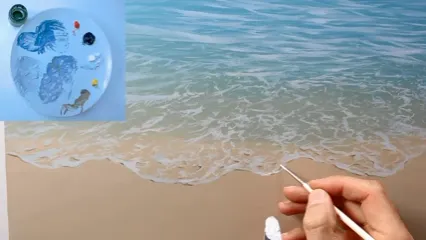
1. **Ripple Effects**: Small, concentric circles or wavy lines can depict ripples. Their spacing and size contribute to the sense of movement.
2. **Splashes and Waves**: These are more complex and require a blend of sharp lines and soft shading to capture their dynamic nature.
Color and Depth
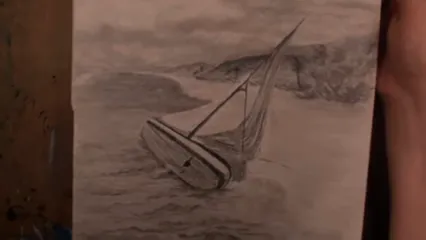
1. **Underwater Scenes**: Use darker shades and bluish tints for deeper water, creating an illusion of depth.
2. **The Play of Light and Shadow**: Light and shadow on the water’s surface can suggest depth, with lighter tones indicating shallower areas and darker tones suggesting depth.
Drawing water, whether still or in motion, requires a keen understanding of its physical properties and a skillful hand in replicating these on paper or canvas. Through careful observation and practice, artists can achieve stunningly realistic and expressive water scenes, demonstrating a mastery of technique and a deep appreciation for the natural world. For more detailed guidance and tips on drawing water, resources like Adobe’s guide on drawing water and the comprehensive guide from WATER are invaluable.
In creating a comprehensive and informative article on drawing water in art, it’s crucial to address common mistakes and emphasize the importance of practice and experimentation. Here’s an extension of the article, focusing on these aspects:
Common Mistakes to Avoid
Overworking the Drawing
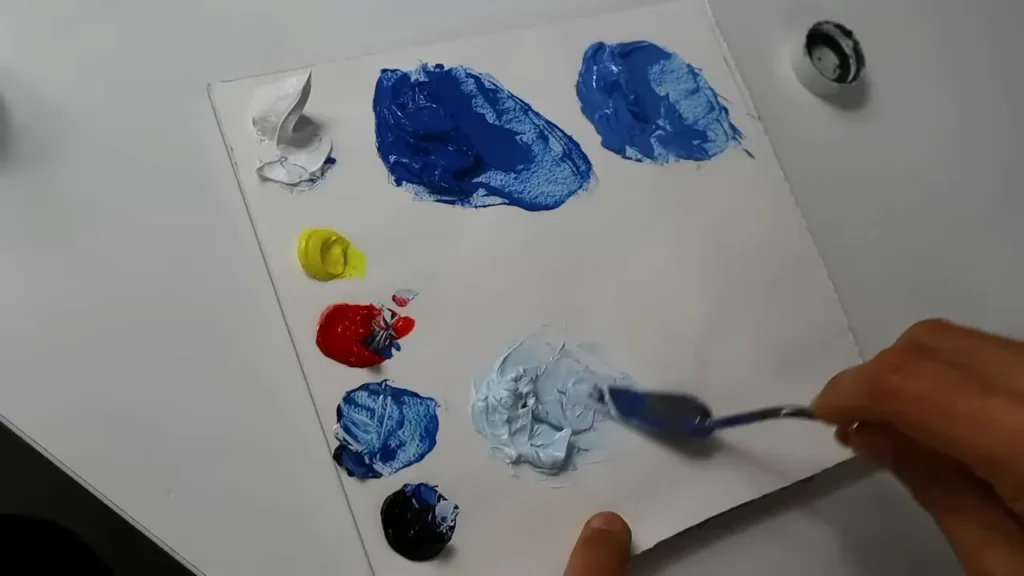
A common mistake is overworking the drawing. This happens when artists repeatedly brush the same area, especially with watercolor, dulling the colors and damaging the paper’s texture. The key is to work with quick, confident brushstrokes and allow layers to dry between applications.
Incorrect Reflections
Capturing reflections accurately is crucial for realism. Mistakes often occur when reflections are misaligned or incorrectly colored. Observing how light and objects reflect on water surfaces in real life can significantly improve the accuracy of these depictions.
Misjudging Water Color
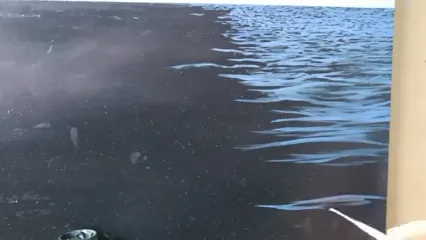
Water is not just blue; its color varies based on the environment and lighting. A frequent mistake is not capturing this range of colors. Artists need to observe and replicate the different hues water can take on, including greens, greys, and even browns, depending on the surroundings.
Practice and Experimentation
Studying Real Water Sources
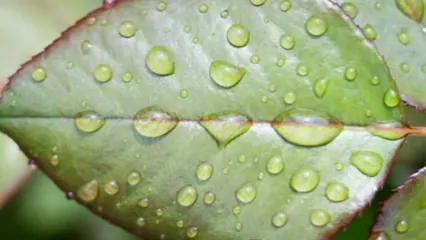
Studying real water sources, both in photographs and in real life, is invaluable. While photographs are a great reference, observing water in its natural setting provides a deeper understanding of its behavior and nuances.
Photographs vs. Real Life
Photographs can capture a moment in time, offering a fixed reference for studying water. However, real-life observation allows artists to understand water’s dynamics and changing qualities over time, which is crucial for developing a more comprehensive approach to drawing water.
Visiting Different Water Bodies
Visiting various water bodies, such as ponds, rivers, oceans, and even puddles, can provide insights into different water behaviors and appearances. Each type of water body has unique characteristics that can enhance an artist’s understanding and skills.
Experimenting with Different Styles
Experimentation is key to artistic growth. Trying out realistic, stylized, and abstract interpretations of water allows artists to explore and find their unique voice. Each style offers different challenges and opportunities for creative expression.
Frequently Asked Questions
#### How Do I Choose the Right Medium for Drawing Water?
The choice of medium depends on your style and the desired effect. Watercolors are ideal for their translucency and flow, mimicking water’s natural properties. Pencils and graphite are great for detailed, monochromatic depictions. Acrylics and oils offer vibrancy and texture, suitable for dynamic and expressive water scenes.
#### What Are the Key Elements to Focus on When Drawing Water?
Focus on three main elements: light and reflection, movement and flow, and transparency and opacity. Capturing the way light interacts with water is crucial for realism. Observing water’s movement helps in depicting its dynamic nature, and understanding when water appears transparent or opaque is essential for depth and realism.
#### How Can I Make My Water Drawings Look More Realistic?
Practice observing water in different settings and lighting. Use reference photos if needed. Experiment with different techniques to capture light reflections, ripples, waves, and the depth of water. Pay attention to the color variations in water due to the sky, surroundings, or depth.
#### What Common Mistakes Should I Avoid When Drawing Water?
Avoid overworking the drawing, which can make it look unnatural. Be cautious with reflections; they should align with the perspective of the water. Misjudging the color of water is also a common mistake; water’s color often reflects its surroundings.
#### Can I Draw Realistic Water Using Only Pencils or Graphite?
Yes, pencils and graphite can be used to create realistic water drawings. The key is in the shading and blending techniques, allowing you to capture the nuances of light and movement effectively. Using a range of pencil grades can add depth and realism to your water drawings.
Conclusion: The Journey of Mastering Water Realism in Art
Mastering water realism in art is a journey that requires patience, observation, and continual practice. While it can be challenging, it’s also incredibly rewarding. Artists should be encouraged to keep practicing and exploring different techniques and styles. Every mistake is a learning opportunity, and every experiment brings artists closer to mastering this complex subject.
Drawing water realistically is an art that reflects a deep understanding of the natural world and showcases an artist’s technical skills. By avoiding common mistakes and engaging in regular practice and experimentation, artists can create stunning representations of this ever-changing element.
This comprehensive approach to learning how to draw water effectively combines the technical aspects of art with the observational skills needed to capture the essence of water in various environments and forms.
Learn more!



